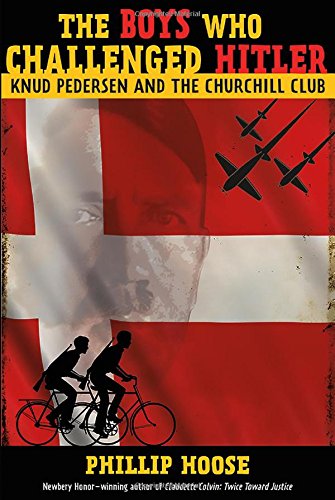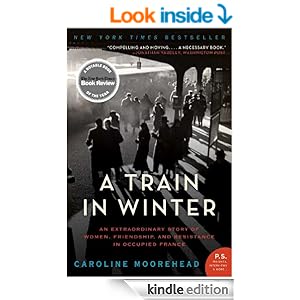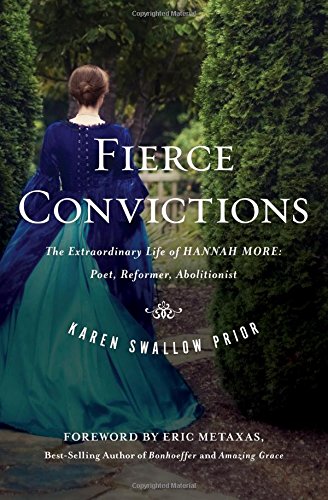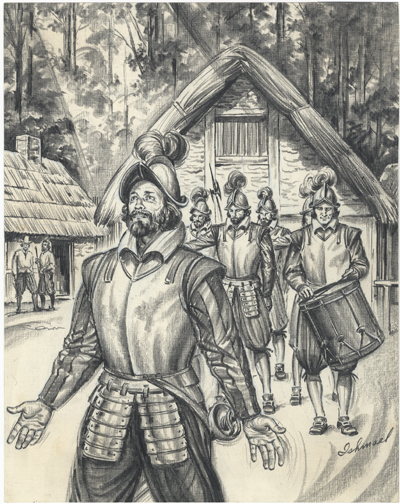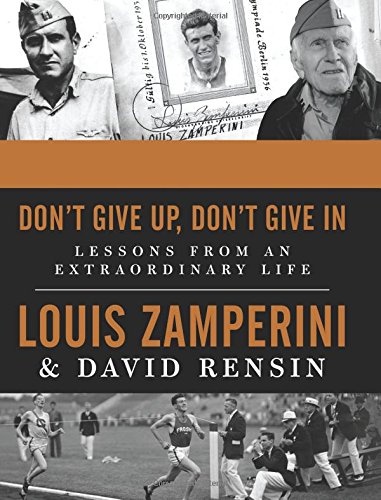The book I reviewed yesterday, The Wonderful Year by Nancy Barnes, was a Newbery Honor book. However, curiously enough, the copy I read had no Newbery sticker on it. It did have a medal sticker proclaiming it to be the recipient of the “Award of the Julia Ellsworth Ford Foundation (for) Children’s Literature.”
Mrs. Ford seems to have been a prominent New York socialite and author and patron of the arts. I looked for information about her on the web and found this brief bio at an art website dedicated to the paintings of John William Waterhouse:
Julia Ellsworth Ford, neé Shaw, was a New York socialite, philanthropist, author of children’s books and doyenne of a salon that included the Lebanese mystic Kahlil Gibran, Irish poet and playwright William Butler Yeats, and American dancer Isadora Duncan. Her husband was Simeon Ford, financier and noted host of the old Grand Union Hotel, New York (co-owned with Julia’s brother Samuel Shaw).
Mrs. Ford “though extremely wealthy, was more interested in meeting famous people, whom she collected as others did stamps or butterflies, than in disbursing her capital: ‘the woman who aspires’ was the way he described her to Florence Farr.” (from a 1905 letter by John Quinn quoted in Prodigal Father: The Life of John Butler Yeats, William Michael Murphy.)
“Mrs. Ford had a great interest in the Pre-Raphaelite painters and later artists such as JW Waterhouse and Arthur Hacker, both of whom she knew personally. She went to Germany to meet the German painter Franz von Stuck and to get photographic reproductions of his work. She created her own wallpaper for her upstairs study by arranging on the walls as a mosaic over two hundred photographic reproductions of pictures by these artists.”
Ms. Ford was the author of the children’s book, Snickerty Nick and the Giant, illustrated by famed artist Arthur Rackham, and also of other children’s tomes, somewhat less well-known than old Snickerty Nick. I couldn’t find a list of the books that Ms. Ford’s foundation gave awards to, but I did find some of them individually attributed here and there across the internet. Apparently, the award was a competition for the best children’s book manuscript submitted to the foundation. Here are a few of the award winners that I could find:
 Singing Paddles by Julia Butler (Hansen). Holt, 1937. The story of Sally Ann Blair and her family who travel from Kentucky to Oregon in 1842.
Singing Paddles by Julia Butler (Hansen). Holt, 1937. The story of Sally Ann Blair and her family who travel from Kentucky to Oregon in 1842.
My Brother Was Mozart by Benson Wheeler and Claire Lee Purdy. Harcourt, 1937.
The Stage-Struck Seal by James Neal. Holt, 1937.
Hello, the Boat! by Phyllis Crawford. Illustrated by Edward Laning. E.M. Hale and Company, 1938. The journey of a store-boat down the Ohio River from Pittsburgh to Cincinnati. This book won a Newbery Honor in 1939.
Falcon Fly Back by Elinore Blaisdell. Messner, 1939. In medieval France, 12-year-old Anne de Hauteville trains a falcon and later rescues it when it escapes.
The Listening Man by Lucy Embury. Illustrated by Russell Hamilton. Messner, 1940. In sixth century Ireland, Ollave wants to become a “listening man” rather than a fighting man.
Walt Whitman: Builder for America by Babette Deutsch. Messner, 1941.
Journey Cake by Isabel McLennan McMeekin. Messner, 1942. In 1793, the father of the Shadrow family whose mother has recently died goes into the Kentucky wilderness to establish a new life for his family. The children leave their home in North Carolina in the spring to meet their father in Kentucky. Along with their freed slave woman and her husband they face drudgery, opposition and danger along the way. During their travel they participate in a pioneer wedding and meet Johnny Appleseed.
Valiant Minstrel: The Story of Harry Lauder by Gladys Malvern. Illustrated by Corinne Malvern. Messner, 1943. Sir Harry Lauder was a vaudeville singer and comedian from Scotland.
Raymond L. Ditmars: His Exciting Career with Reptiles, Insects and Animals by Laura Newbold Wood. Messner, 1944. Ditmars, according to Wikipedia, was an American herpetologist, illustrator, writer and filmmaker. He wrote several books of his own about snakes and about his adventures as a Bronx Zoo curator and naturalist. Mr. Ditmars died in 1942, so this biography was rather timely as well as informative, I’m sure.
 The Wonderful Year by Nancy Barnes. Illustrated by Kate Seredy. Messner, 1946.
The Wonderful Year by Nancy Barnes. Illustrated by Kate Seredy. Messner, 1946.
A Horse to Remember by Genevieve Torrey Eames. Illustrated by Paul Brown. Messner, 1947. Joker the Pony and Jarvis solve a mystery together.
The Canvas Castle by Alice Rogers Hager. Illustrated by Mary Stevens. Messner, 1948. Ms. Hager “worked as a reporter in Los Angeles, California, and was the Washington editor and war correspondent throughout China, Burma and India during WW II.” I’m not exactly sure what the book is about. A memoir of her travels, perhaps?
Tomas and the Red-Headed Angel by Marion Garthwaite. Illustrated by Laurence J. Borjklund. Messner, 1950. The spirited young Spanish girl, Angelita, befriends an Indian boy, Tomas.
After the first couple of years of the contest, there seems to have been some sort of arrangement with Julian Messner Publishing Company to publish the winning manuscripts. I couldn’t find any award recipients after 1950. Julia Ellsworth Ford died in 1950, so I suppose the foundation and the award died with her.
Is anyone else familiar with this contest/award or with any of the books that won the award? As I said, I just read The Wonderful Year, and enjoyed it. I have also read other books by author Gladys Malvern and would love to have any of her books in my library. Are any of these authors or books familiar to any of my readers? Don’t some of them sound interesting?
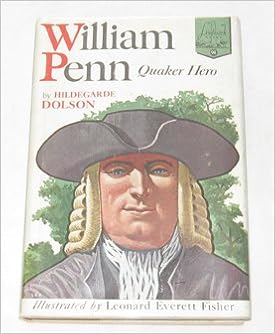 One of the Landmark series of non-fiction histories and biographies, William Penn, Quaker Hero is a very readable biography of a perseverant and courageous man. There’s not much in the book about what the Quakers (Society of Friends) actually believed, nor does the book really explain why they were so hated and persecuted. But it does show a man who came to his beliefs with much investigation and forethought and who clung to those beliefs with a strength and tenacity that would put most Christians in the United States during the twenty-first century to shame.
One of the Landmark series of non-fiction histories and biographies, William Penn, Quaker Hero is a very readable biography of a perseverant and courageous man. There’s not much in the book about what the Quakers (Society of Friends) actually believed, nor does the book really explain why they were so hated and persecuted. But it does show a man who came to his beliefs with much investigation and forethought and who clung to those beliefs with a strength and tenacity that would put most Christians in the United States during the twenty-first century to shame.